Details of the Target
General Information of Target
Target Site Mutations in Different Cell Lines
Probe(s) Labeling This Target
ABPP Probe
| Probe name | Structure | Binding Site(Ratio) | Interaction ID | Ref | |
|---|---|---|---|---|---|
|
STPyne Probe Info |
 |
K346(0.71) | LDD0277 | [1] | |
PAL-AfBPP Probe
| Probe name | Structure | Binding Site(Ratio) | Interaction ID | Ref | |
|---|---|---|---|---|---|
|
C055 Probe Info |
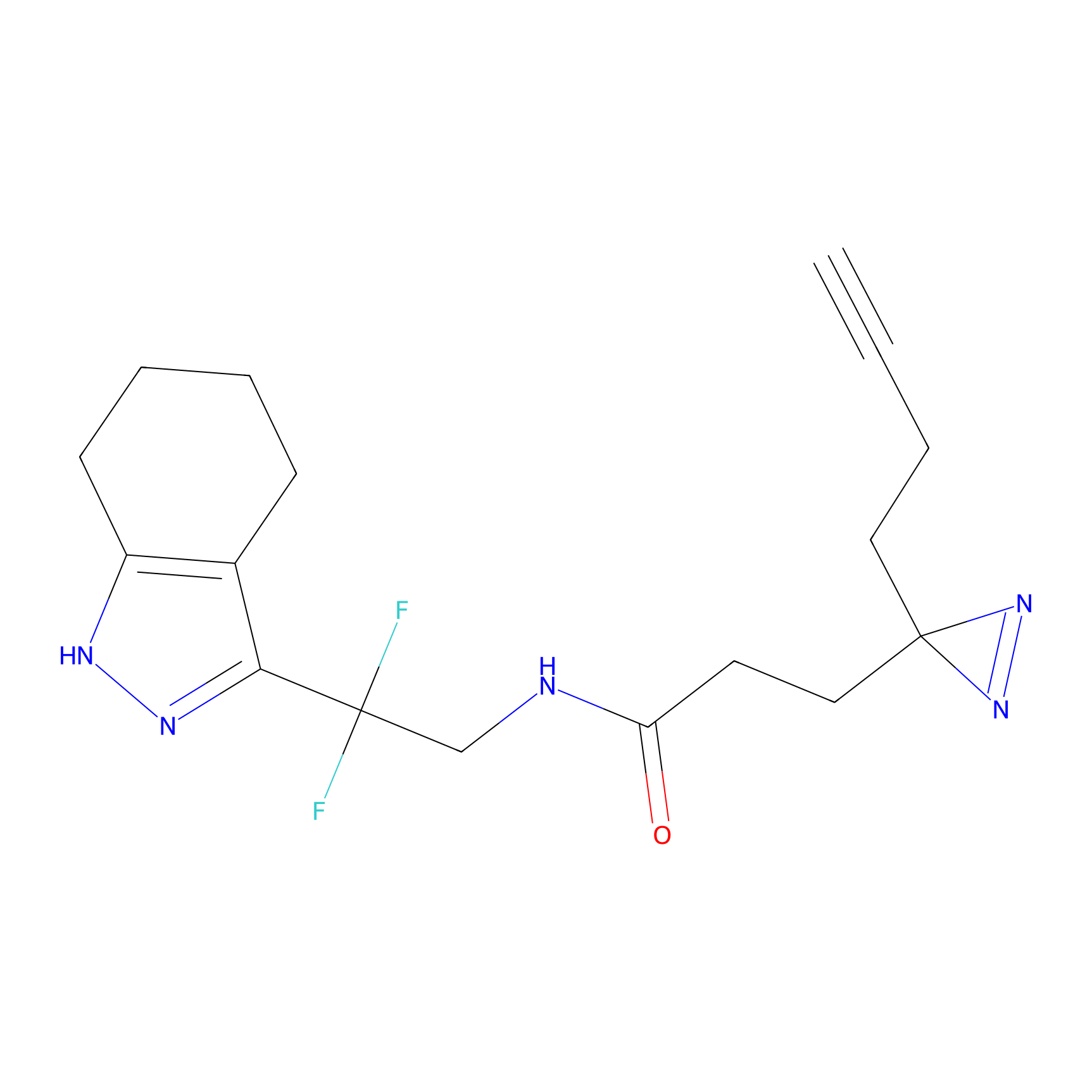 |
12.04 | LDD1752 | [2] | |
|
C056 Probe Info |
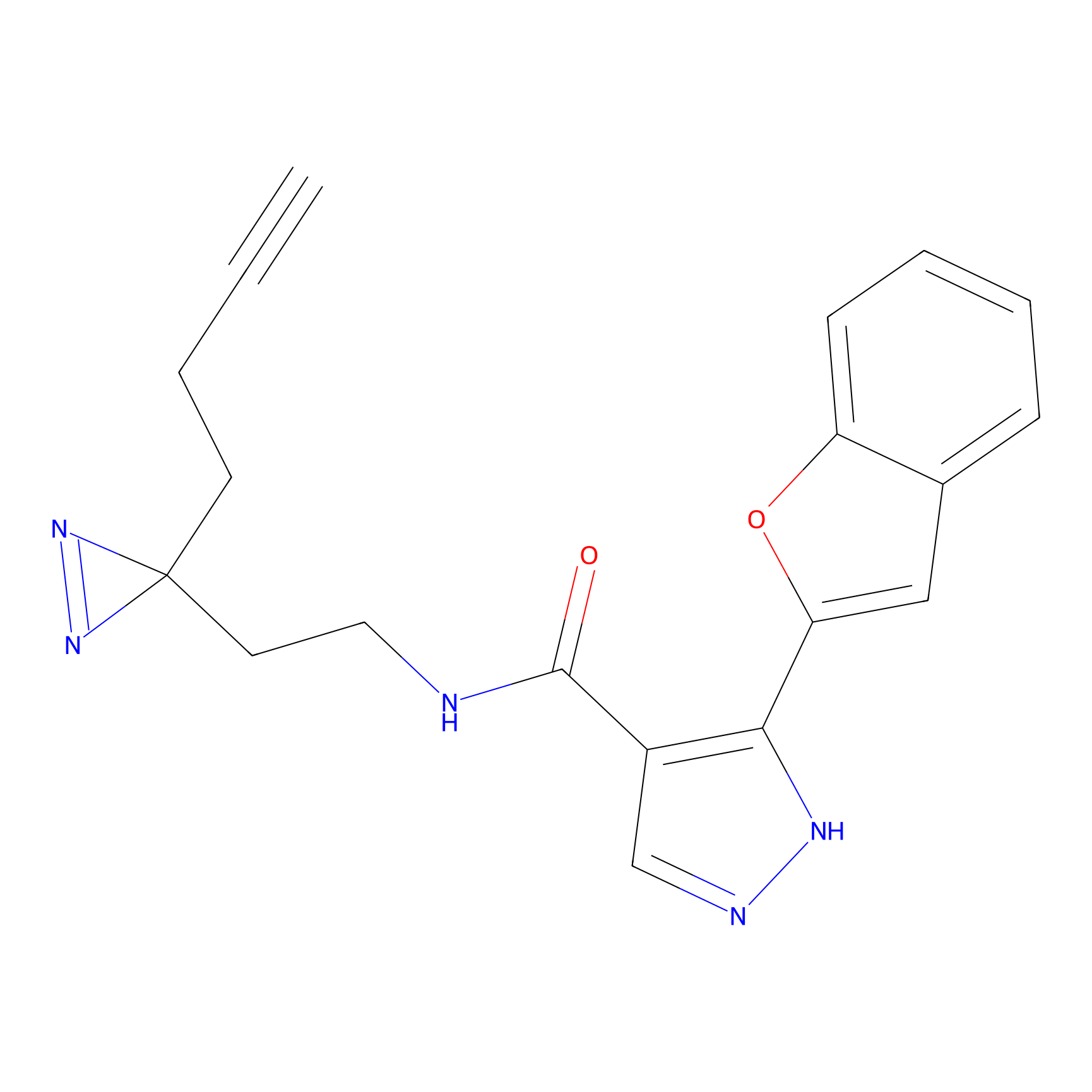 |
18.00 | LDD1753 | [2] | |
|
C108 Probe Info |
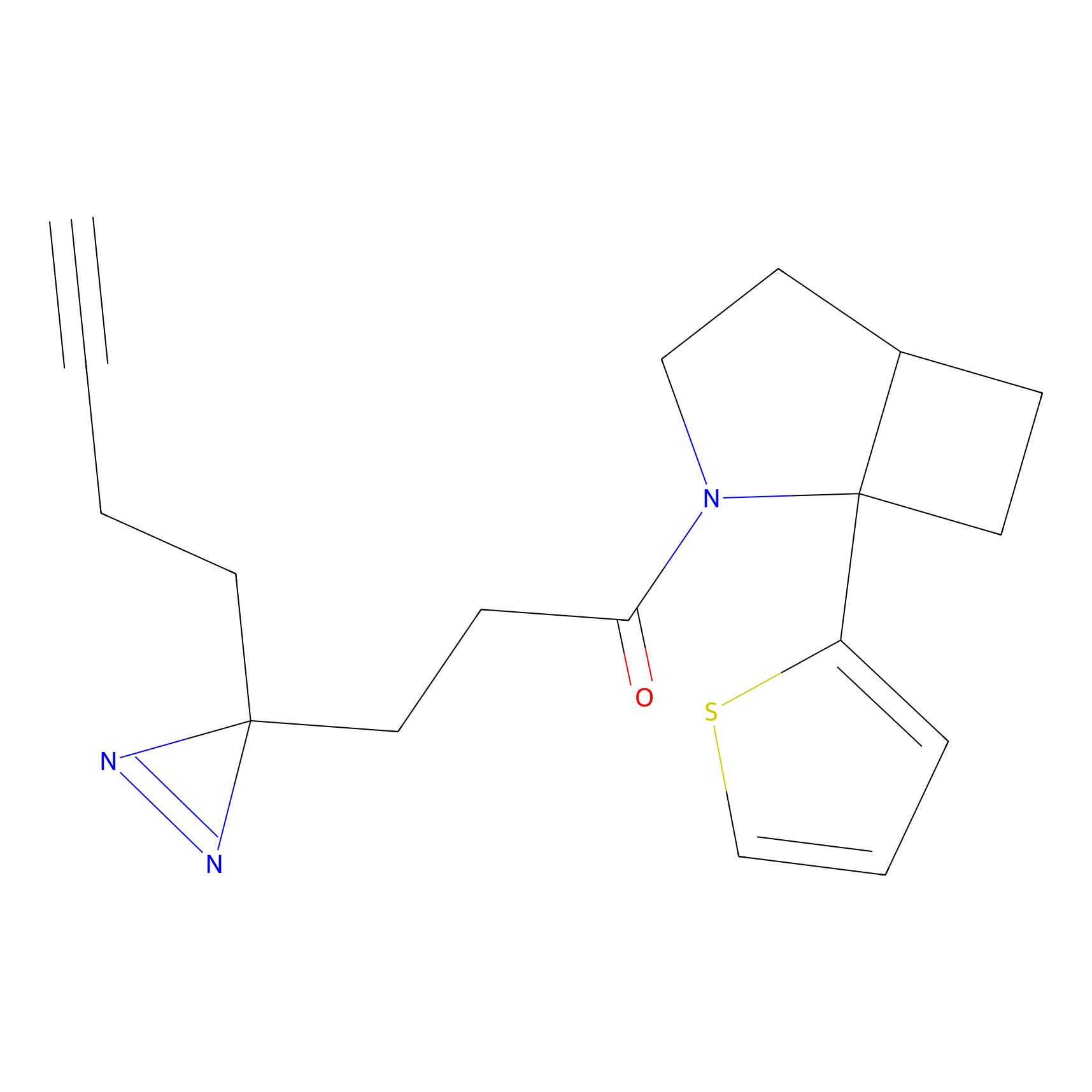 |
7.94 | LDD1795 | [2] | |
|
C161 Probe Info |
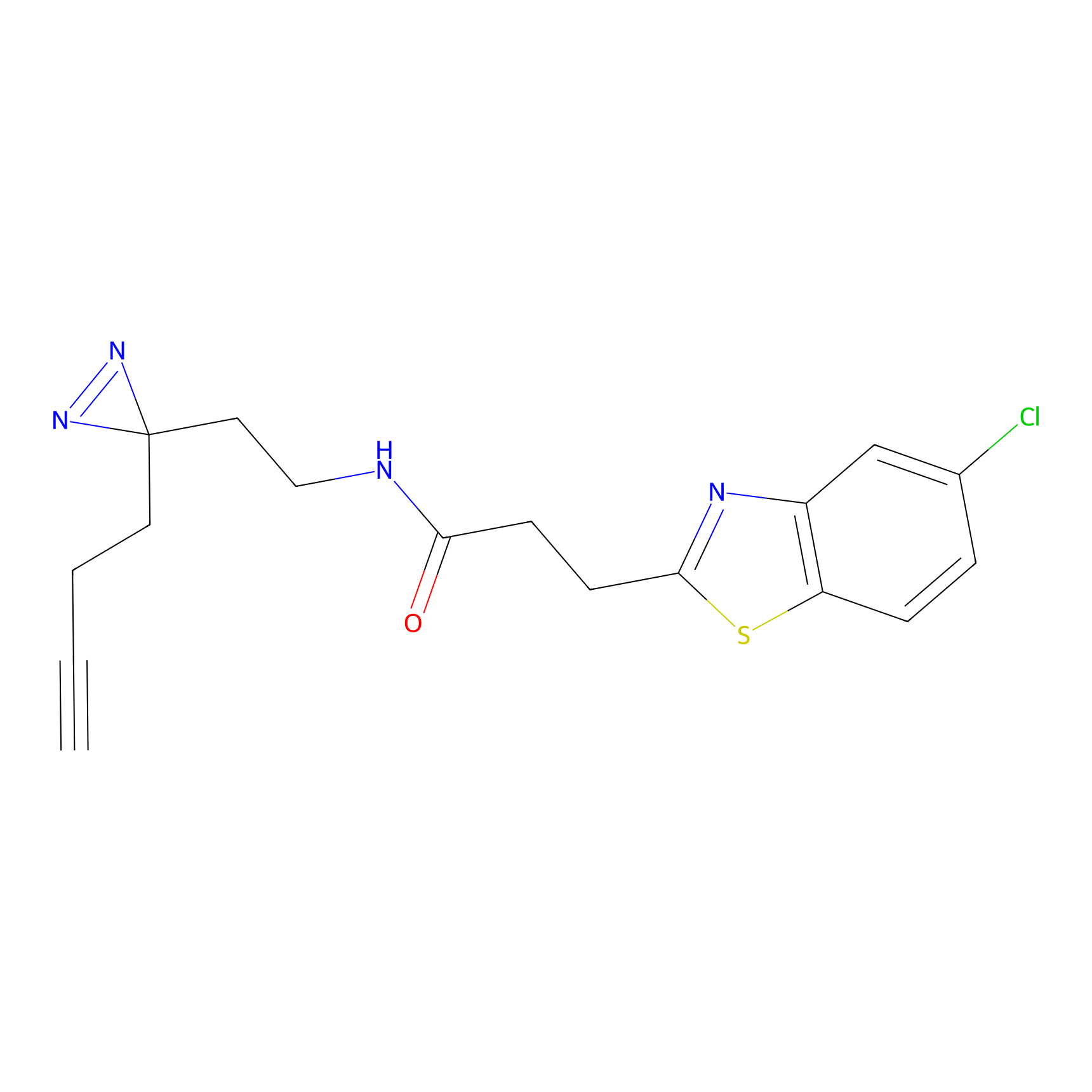 |
10.27 | LDD1841 | [2] | |
|
C198 Probe Info |
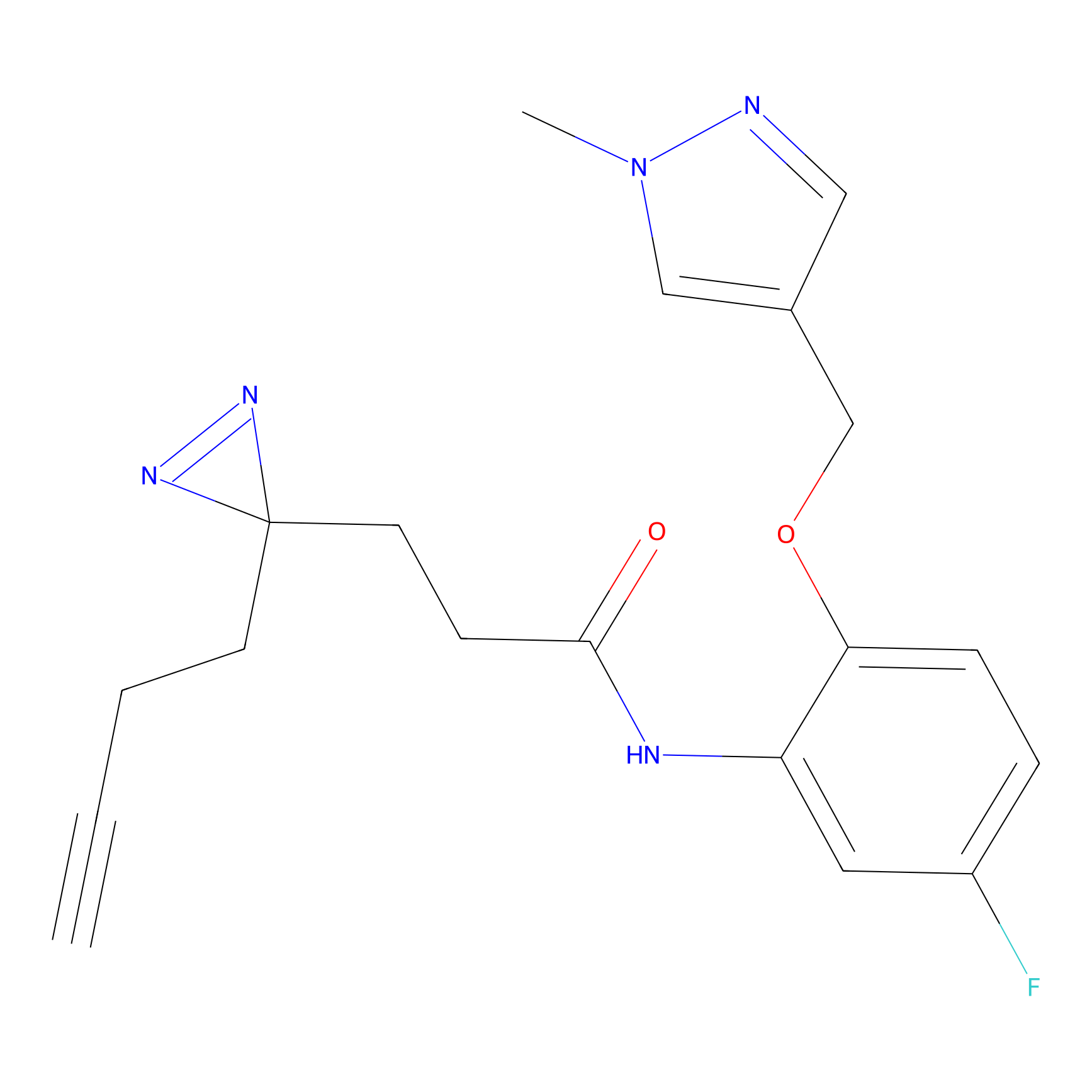 |
11.08 | LDD1874 | [2] | |
|
C201 Probe Info |
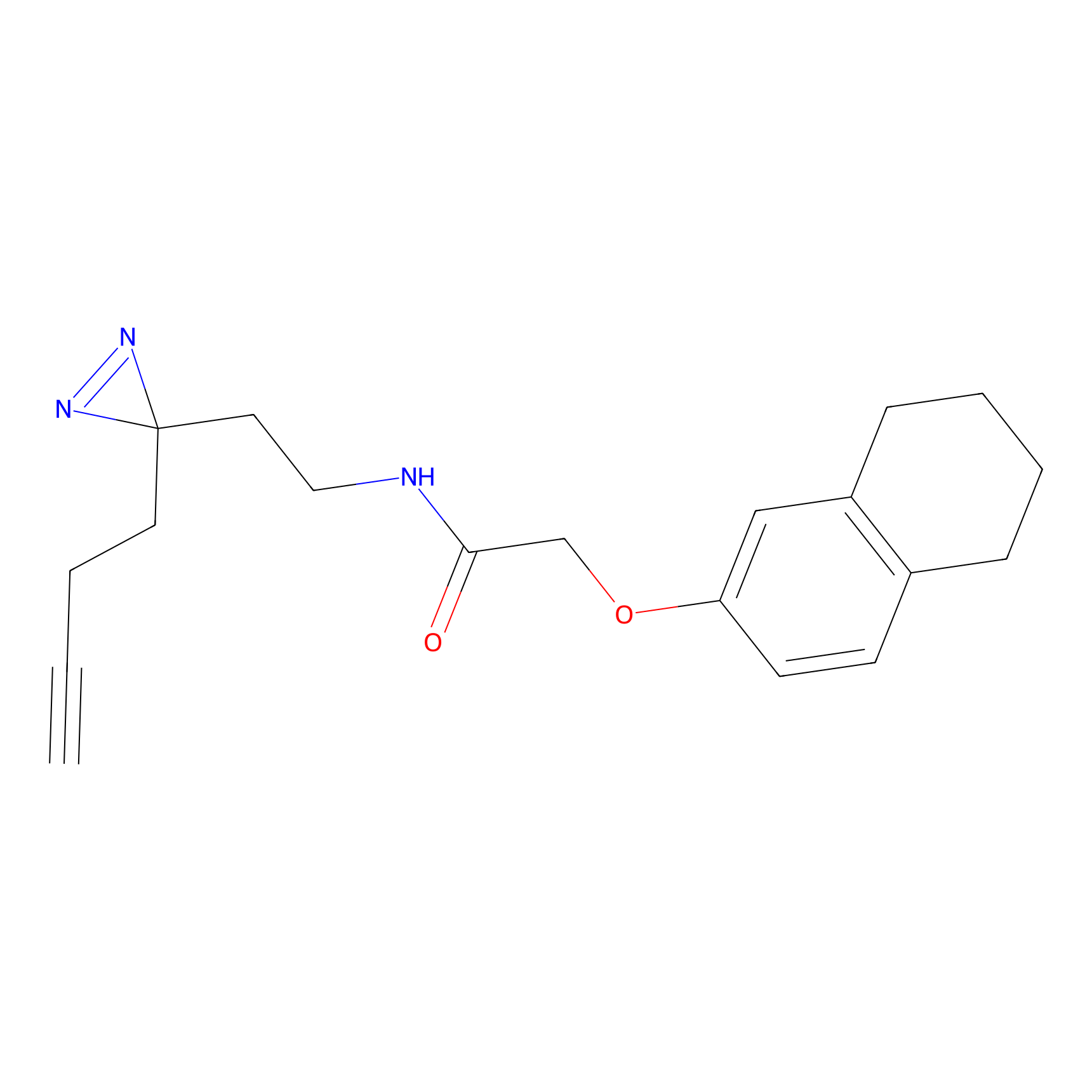 |
24.42 | LDD1877 | [2] | |
|
C289 Probe Info |
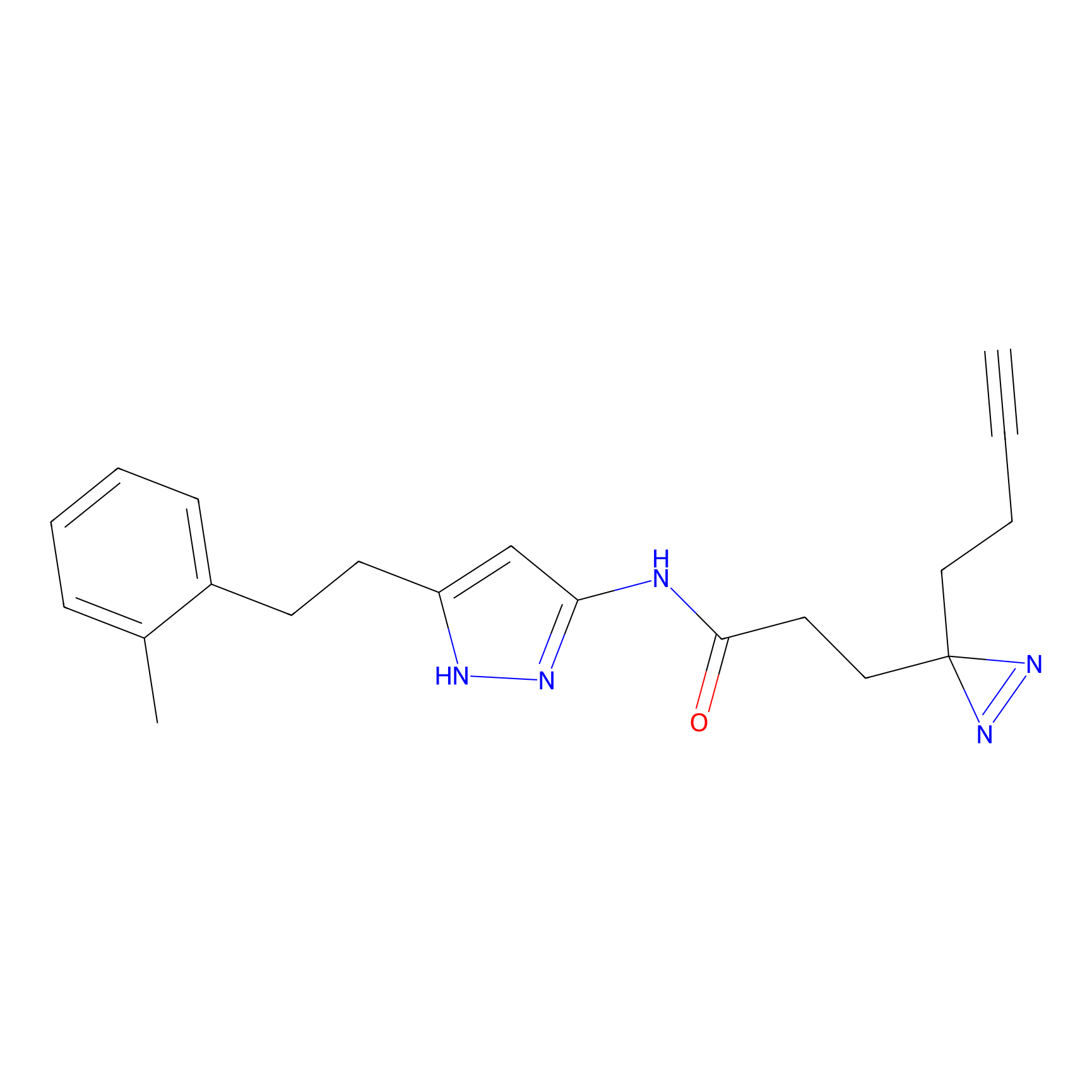 |
28.84 | LDD1959 | [2] | |
|
C310 Probe Info |
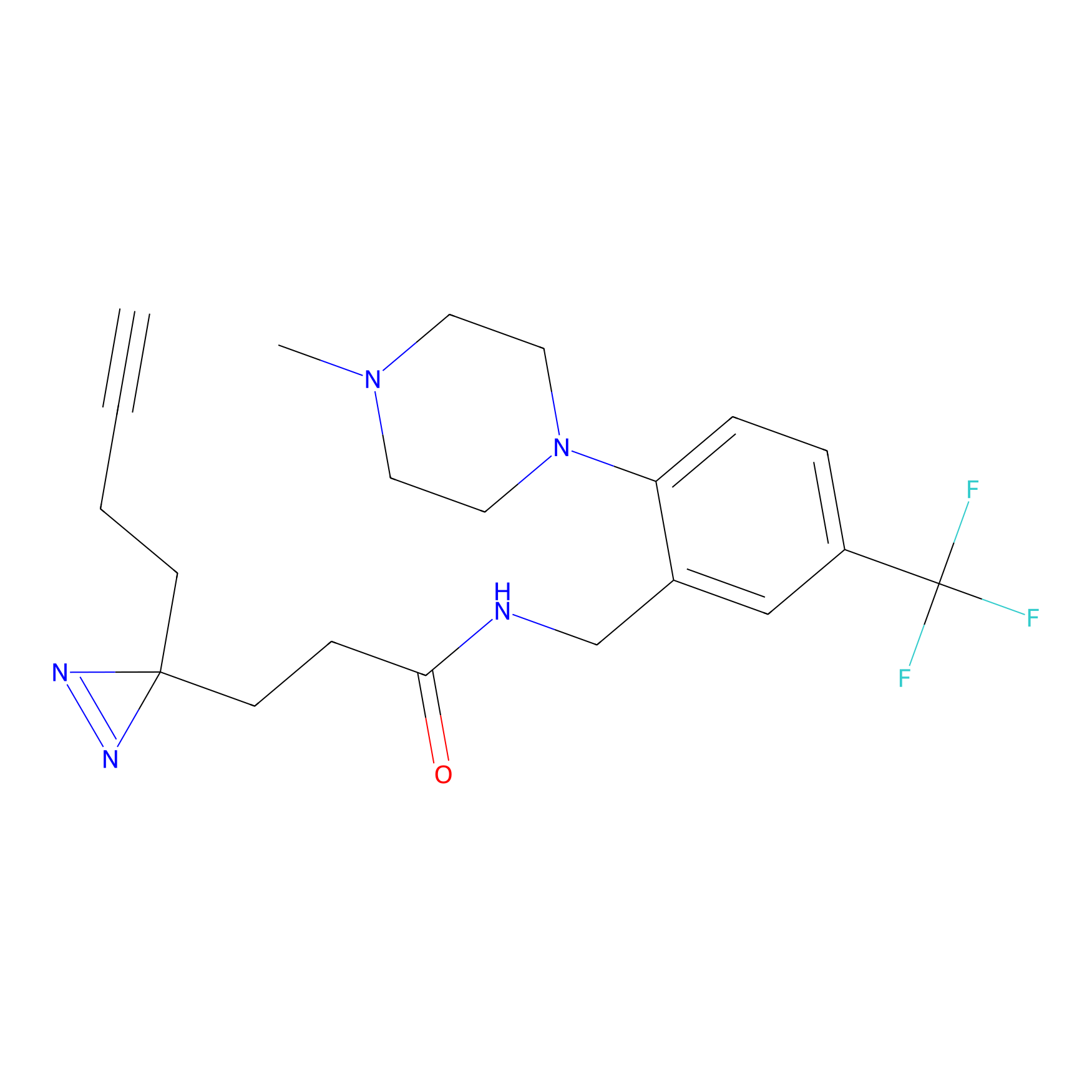 |
8.88 | LDD1977 | [2] | |
|
C355 Probe Info |
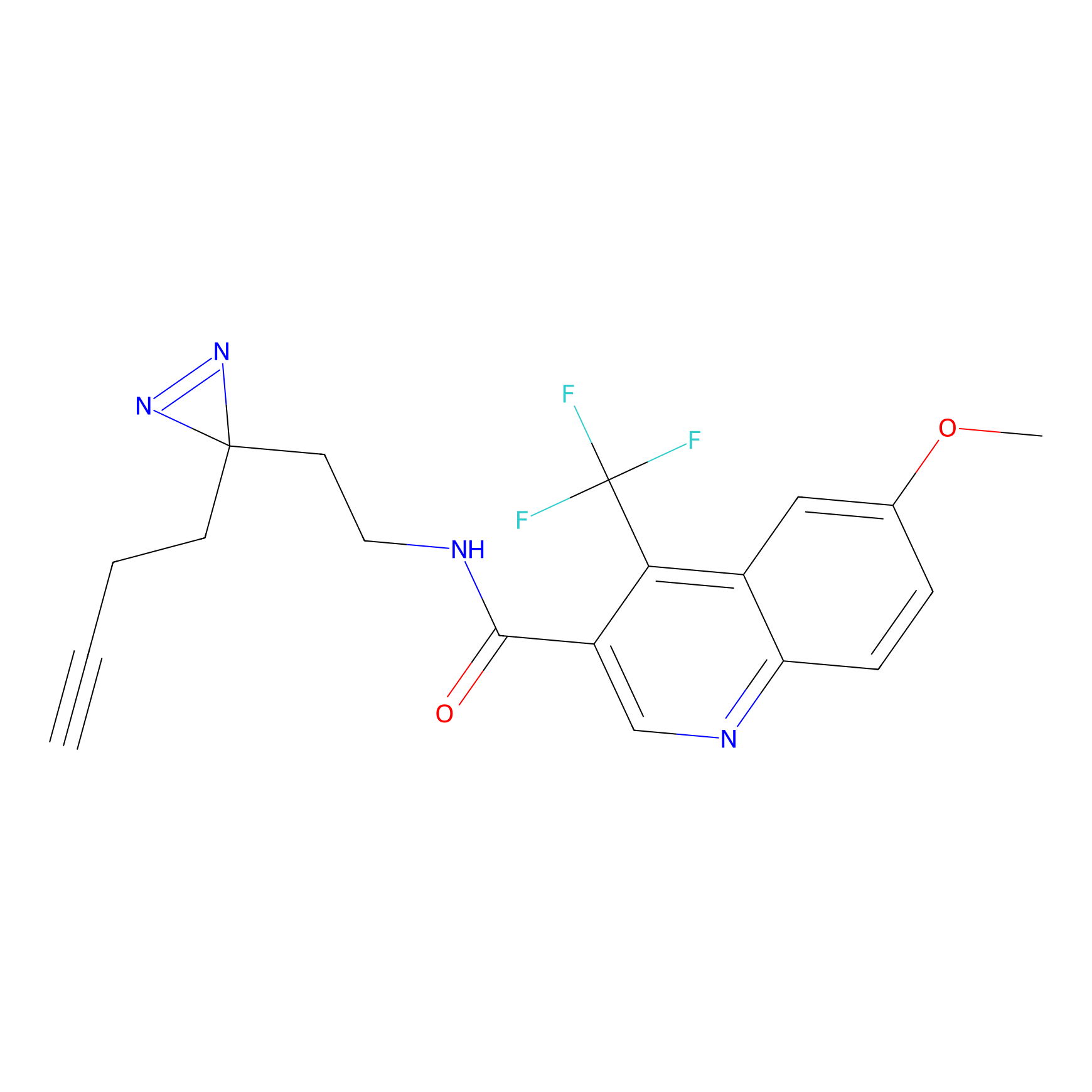 |
23.10 | LDD2016 | [2] | |
|
C362 Probe Info |
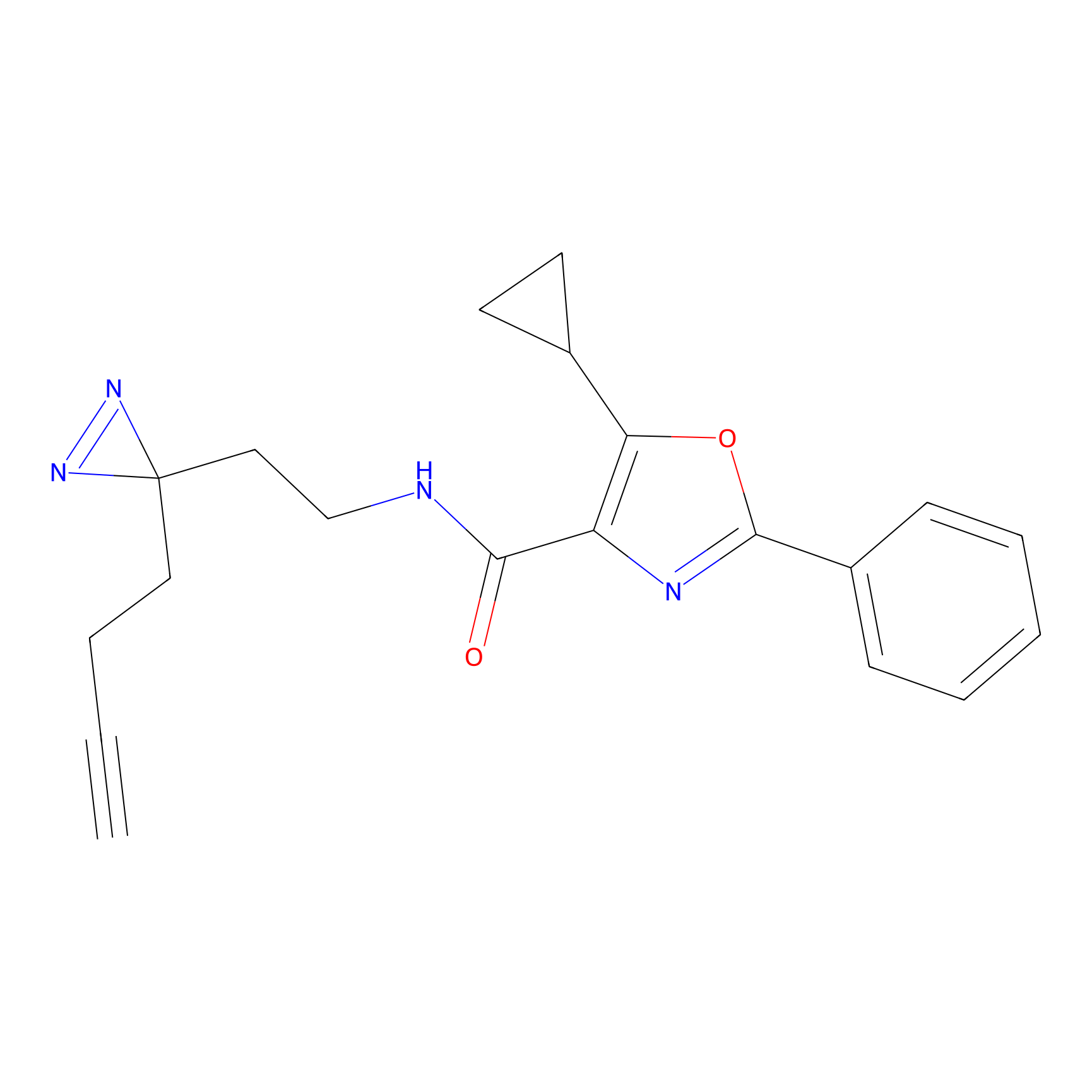 |
49.18 | LDD2023 | [2] | |
|
C364 Probe Info |
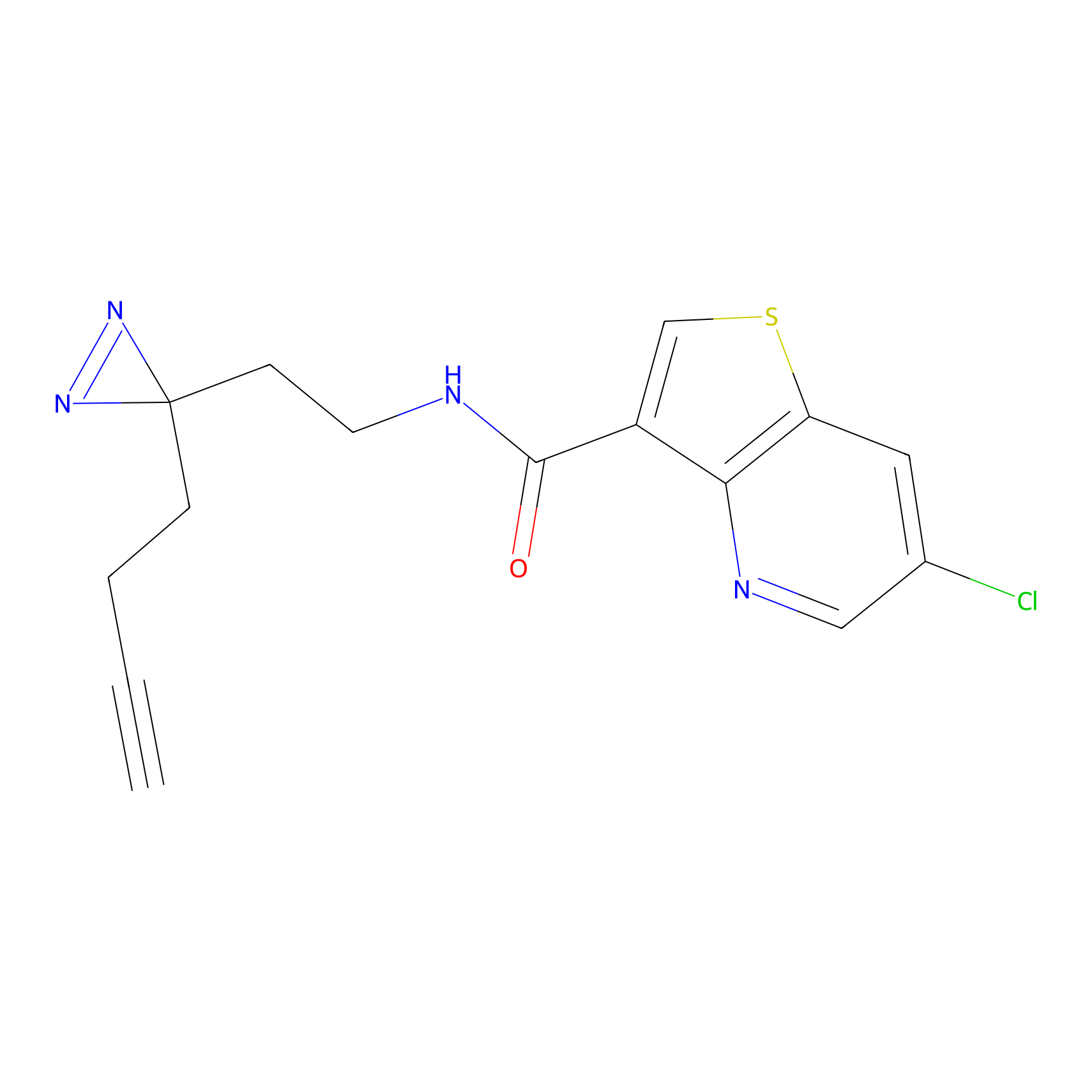 |
18.13 | LDD2025 | [2] | |
|
C388 Probe Info |
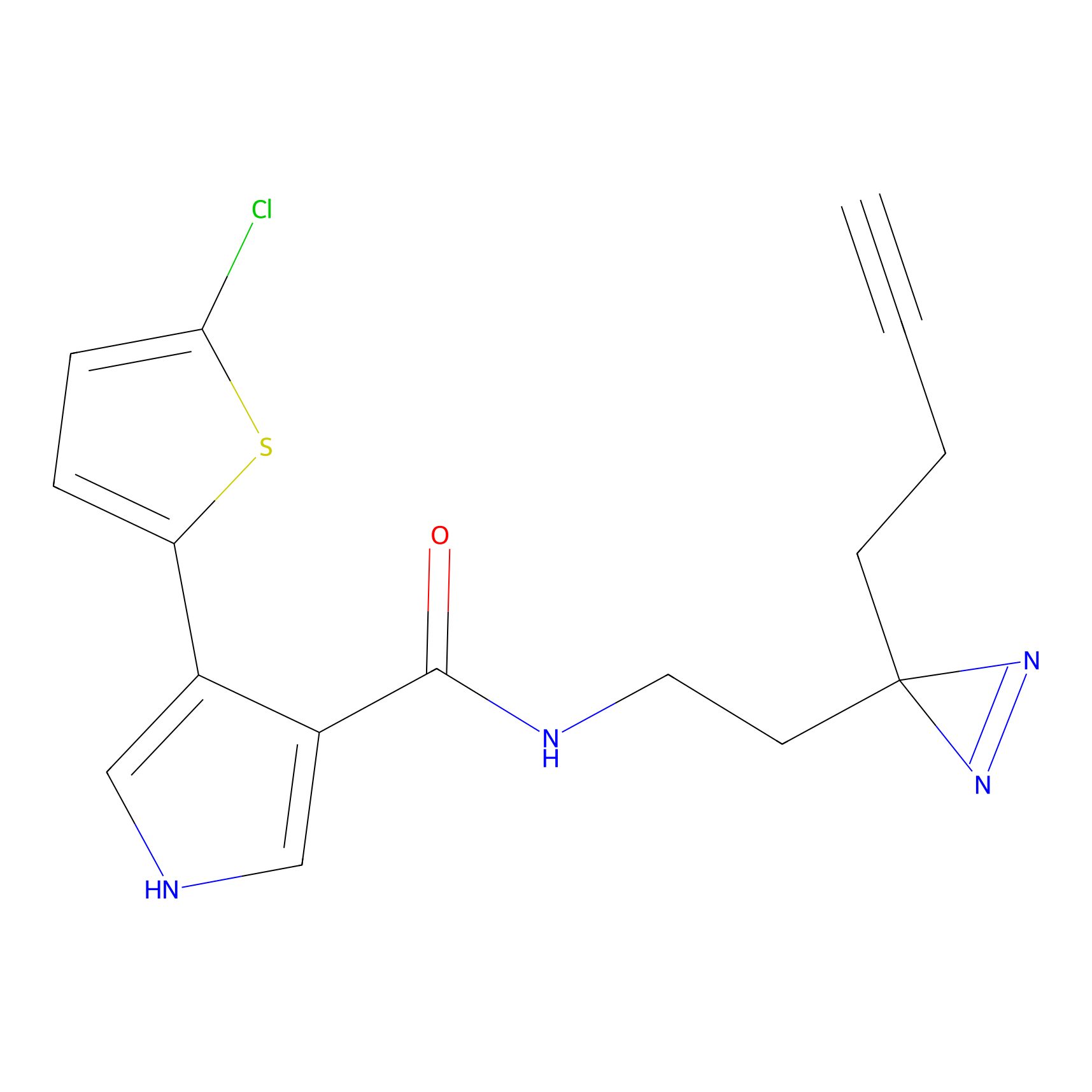 |
38.32 | LDD2047 | [2] | |
The Interaction Atlas With This Target
The Protein(s) Related To This Target
Transporter and channel
Other
References
